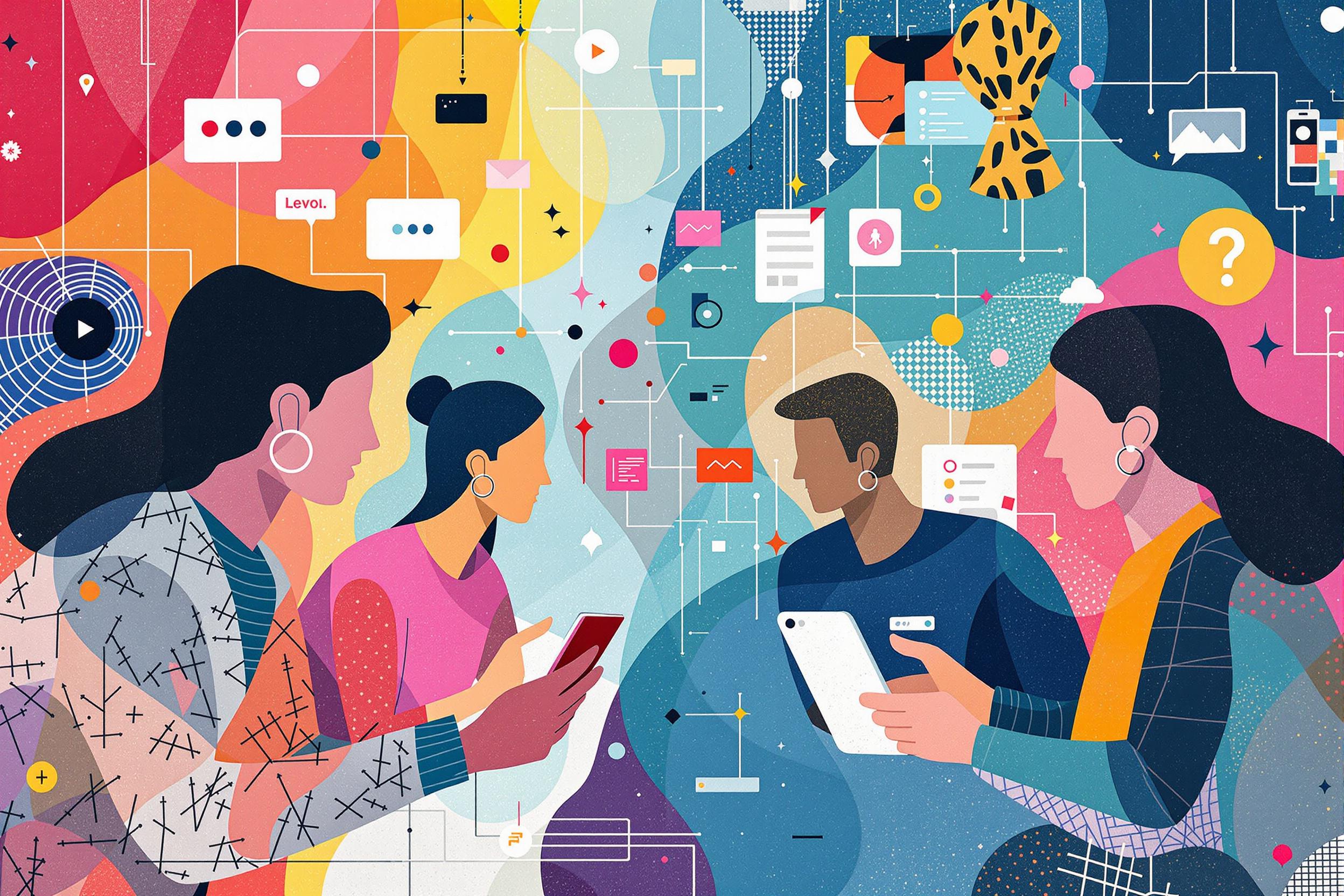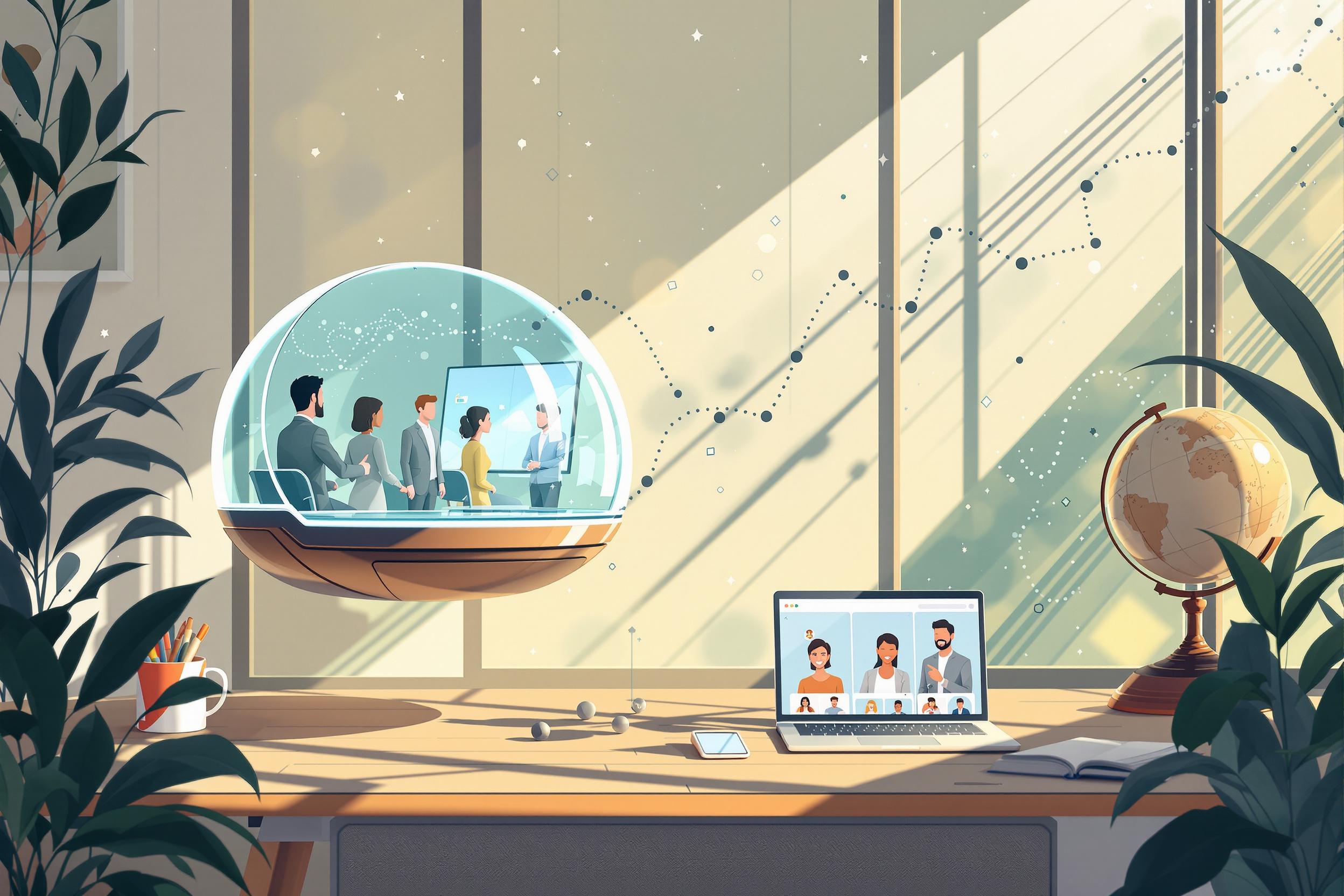
Digital Whiteboarding
Digital Whiteboarding is a modern way of brainstorming and collaborating online, replacing traditional physical whiteboards in virtual meetings. It's like having a shared drawing board on your computer where team members can write, draw, and share ideas in real-time, even when working from different locations. Popular tools include Miro, MURAL, and Microsoft Whiteboard. This skill is increasingly important for remote teams to conduct planning sessions, training, or creative discussions effectively.
Examples in Resumes
Led remote team workshops using Digital Whiteboarding tools to facilitate strategic planning sessions
Implemented Digital Whiteboarding solutions that improved remote team collaboration by 40%
Trained 50+ employees on Digital Whiteboarding and Virtual Collaboration best practices
Facilitated remote design thinking sessions using Digital Whiteboard platforms
Typical job title: "Remote Collaboration Facilitators"
Also try searching for:
Where to Find Remote Collaboration Facilitators
Online Communities
Professional Resources
Example Interview Questions
Senior Level Questions
Q: How would you design and lead a remote strategic planning session for 50 executives using digital whiteboarding?
Expected Answer: The candidate should discuss preparation steps, tool selection, engagement techniques, time management, and methods to ensure all participants contribute effectively.
Q: What strategies do you use to handle technical difficulties during large virtual whiteboarding sessions?
Expected Answer: Look for answers that include having backup plans, preparing participants in advance, having technical support ready, and ability to quickly switch to alternative tools if needed.
Mid Level Questions
Q: How do you ensure equal participation in digital whiteboarding sessions?
Expected Answer: Should mention techniques like breakout rooms, timed activities, rotation of speakers, and using features like voting or anonymous contributions.
Q: What are your favorite digital whiteboarding tools and why?
Expected Answer: Should be able to compare popular tools like Miro, MURAL, or Microsoft Whiteboard, discussing their strengths and best use cases.
Junior Level Questions
Q: What basic features should a digital whiteboarding tool have?
Expected Answer: Should mention real-time collaboration, drawing tools, sticky notes, templates, and the ability to save and share work.
Q: How do you prepare participants for their first digital whiteboarding session?
Expected Answer: Should discuss sending instructions in advance, doing tool tutorials, and setting clear expectations for participation.
Experience Level Indicators
Junior (0-1 years)
- Basic knowledge of common whiteboarding tools
- Ability to run simple online meetings
- Understanding of remote meeting etiquette
- Basic facilitation skills
Mid (1-3 years)
- Advanced tool features utilization
- Group dynamic management in virtual settings
- Creation of engaging online workshops
- Problem-solving during technical issues
Senior (3+ years)
- Strategic session design and leadership
- Large group facilitation
- Integration of multiple collaboration tools
- Training and mentoring other facilitators
Red Flags to Watch For
- No experience with popular digital collaboration tools
- Poor communication skills or unclear speaking voice
- Lack of experience managing online group dynamics
- No understanding of remote work challenges
- Unable to handle technical difficulties independently
Related Terms
Need more hiring wisdom? Check these out...

Redefining Team Collaboration in a Digital Workspace

Beyond Borders: Mastering the Art of a Global Onboarding Calendar

Navigating the Virtual Horizon: Rethinking Leadership Succession in a Remote-First World

